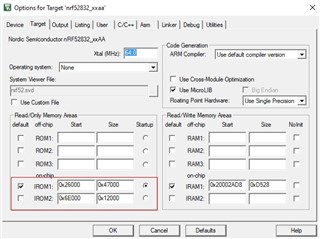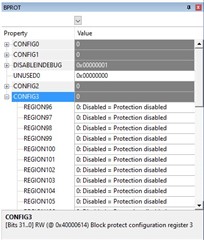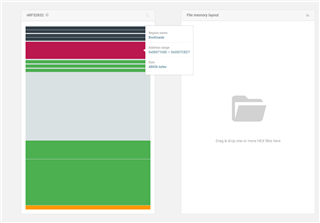Hi!
Writing to flash memory.
After calling nrf_fstorage_erase (...) a hardfault happens. It only NOT happens if JLink is enabled (using dbg or rtt logs).
So I can not debug it deeply. I did simple de-bug procedure, with LED flashing the number of cfsr_msgs[]. This number is 10,
meaning [10] = "Data bus error (return address in the stack frame is not related to the instruction that caused the error)".
Looks like the flash area is not erased as the result.
Looks like it happens not every time. I load the program into debugger (it works good), then I go out of the debugger session.
The program continues to run, and after 2 or 3 erase/write cycles it fails and calls for hardfault.
This piece of the program is taken from a working program, so looks like the problem depends on the code size, or RAM map, or
FLASH map. Can not understand.
I know this situation happens with NRF52832 not in first time, as there are some answers in this community already. But it does not help.
Anybody could help me?
Alex.





